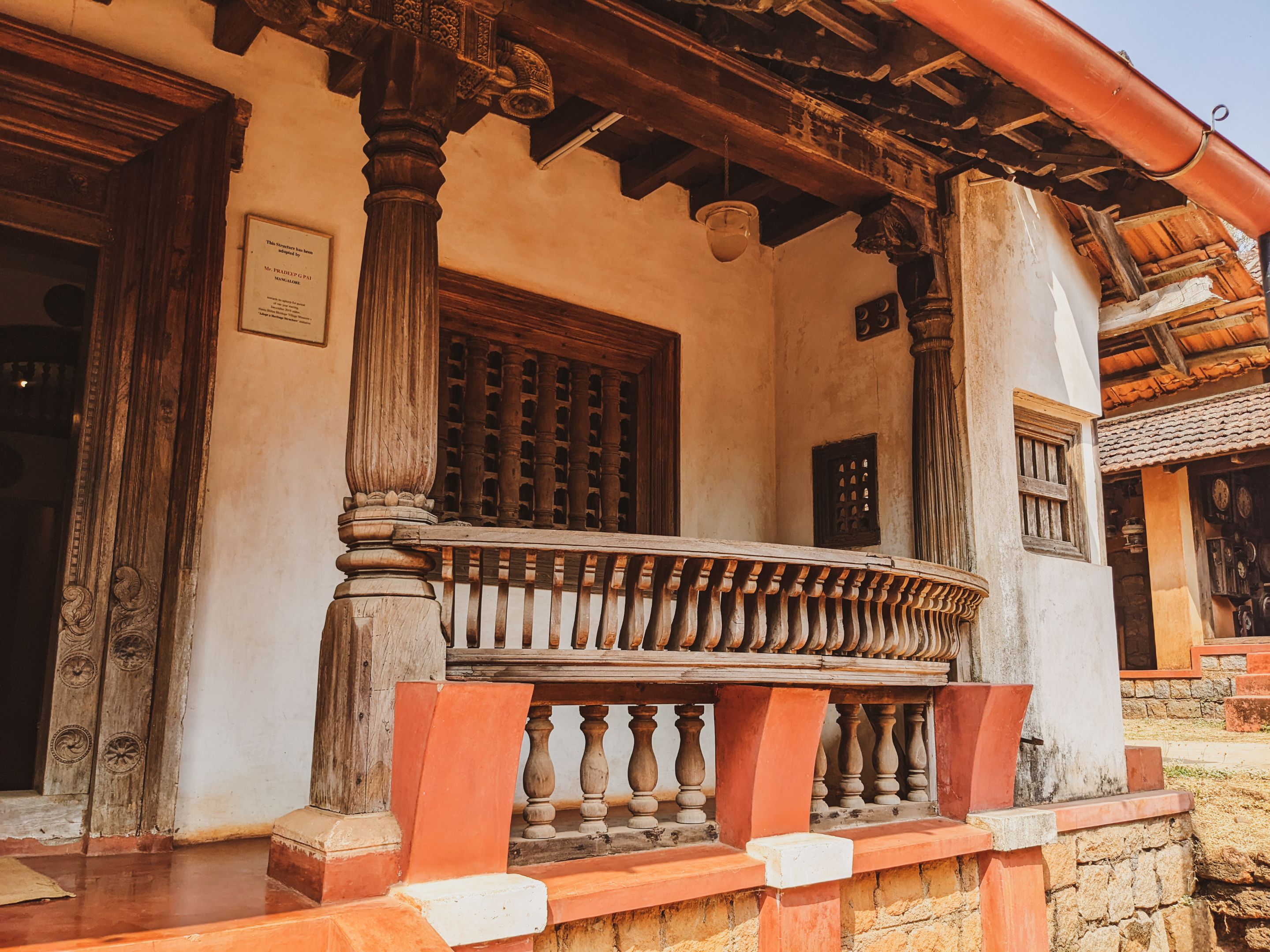
entrance of the house
bhatkal district, the southernmost piece of uttara kannada district on the northern boundary of dakshina kannada, is home to roughly 38,000 occupants, the majority of whom have a place with the muslim people group. they are basically situated in the business and business region, with shops and organizations in the most seasoned area of the city.

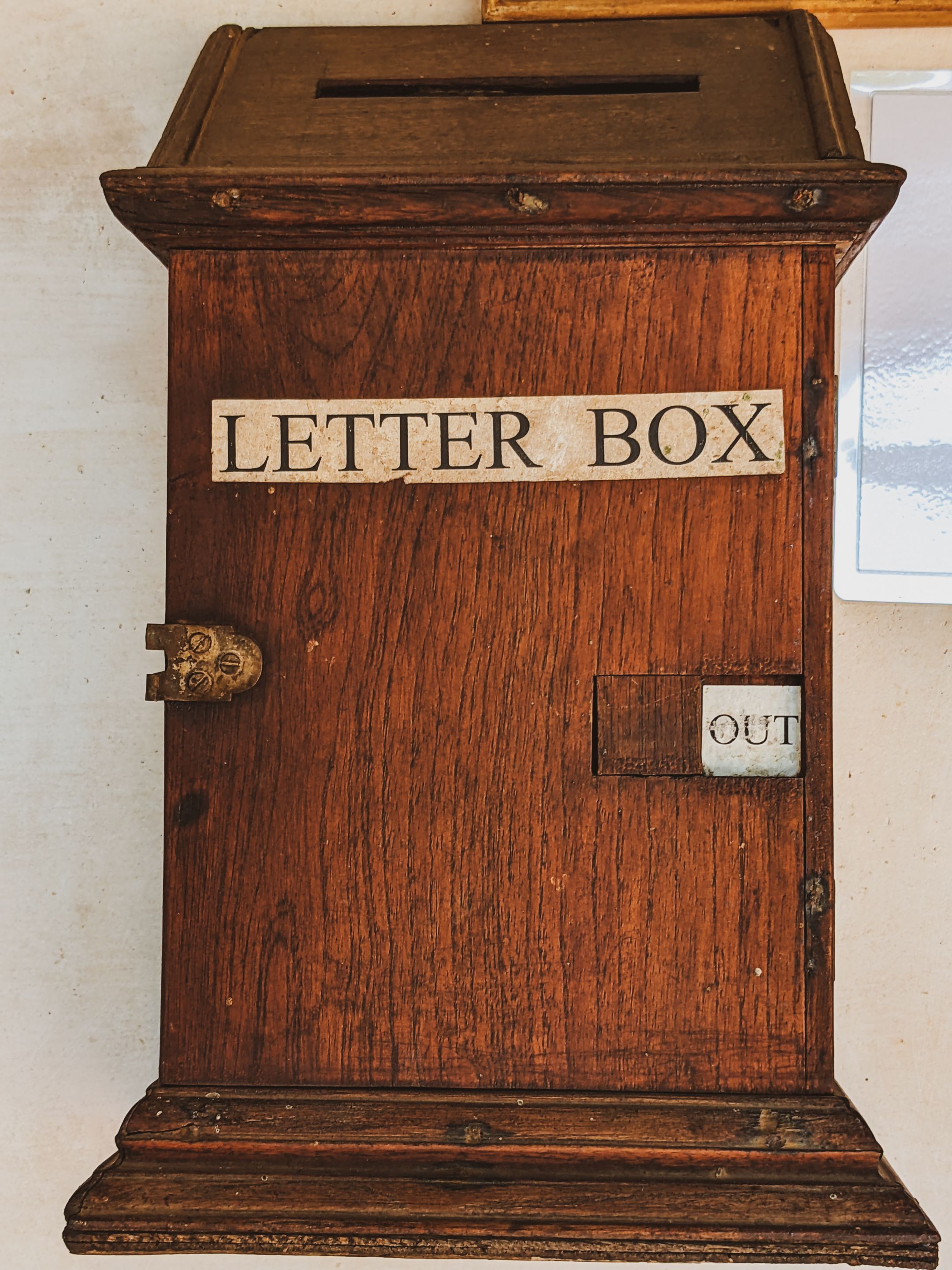

bhatkal is a port city and it has been found that in ancient times as soon as 2000 b.c. bhatkal was used by vendors from arab nations as a significant ocean exchanging port. it is referred to that arabs settled as soon as 1000 bc. during the period of the mughal rule , bhatkal was vanquished by them somewhere multiple times and they administered it for over 200 years.
the name "bhatkal" signifies "the home of allah". this spot is otherwise called "kallar gaja" (tiger kallar), a solitary slope close by called "sidgullah".it is said that a tiger killed a man here and subsequently this spot got its name. indeed, even today there are stays of an old fortress or hill in bhatkal.
bhatkal comprises of two fundamental parts: old bhatkal and new bhatkal. the last piece of the town is more up to date and was created after the advancement of the seaside area of bhatkal. it covers an area of about 50 km and has a population of around 38 lakh.
this article, provides information on the muslim community in india who does not participate in the use of houses as private property, will show how this unique culture has been able to survive for centuries.
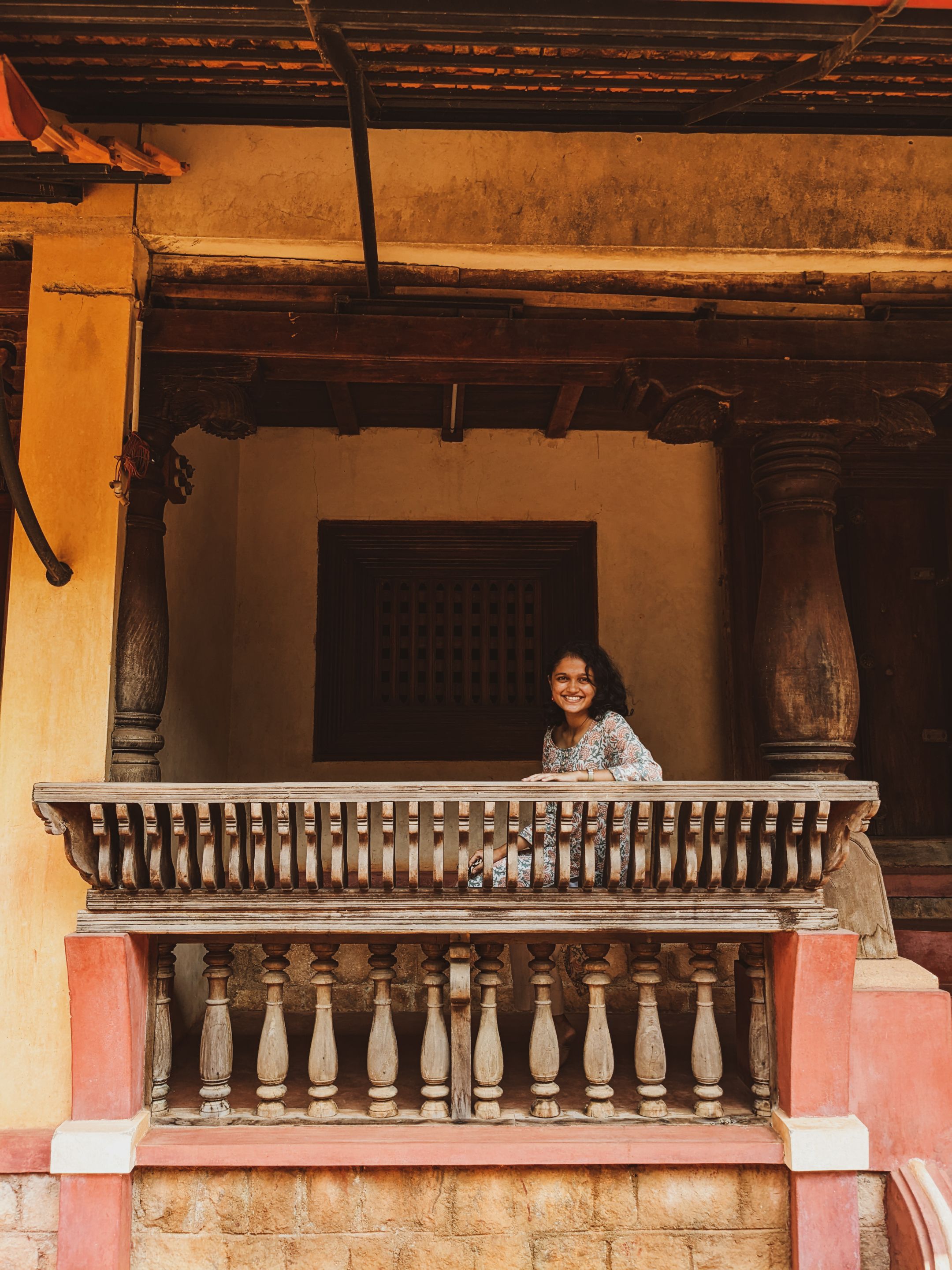
photograph taken by @pittonaggak
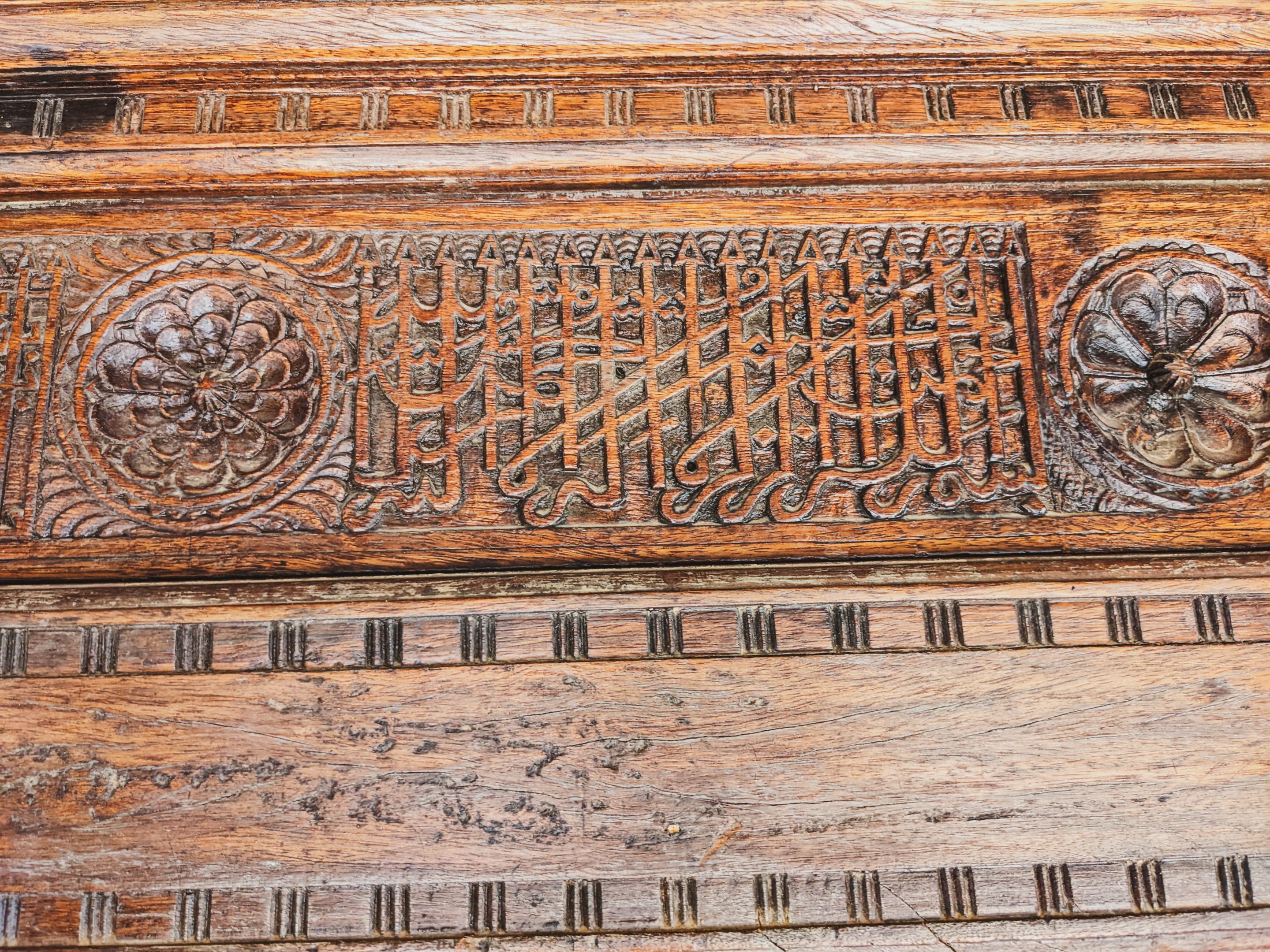
intricate carvings of main door with arabic calligraphy.
before 1947, bhatkal was known as "kallar" (galli kallar), a name given by merchants from arab countries. when the state of mysore was formed, "bhat" (or "tag" in kannada) was added to generate its name as bangalore. this article, providing information on the muslim community in india who does not participate in the use of houses as private property, will show how this unique culture has been able to survive for centuries.
navayath: implies navs or navs+ath. "nav" signifies five and in this setting alludes to the five tribes (gotras) known as tandeliya, daulat, maharajpura, barelwada and khatri. these groups are additionally isolated into regions known as Kotis or Gotras. For this situation, "Nav" alludes to a station or class of individuals who practice Muslim customs.Therefore, "nav" alludes to the people who follow Muslim traditions, for example, their attire, their dietary patterns, their approach to supplicating, and so forth Thus, "Navs" or "Navthak" can be alluded to as Navayath Muslims.
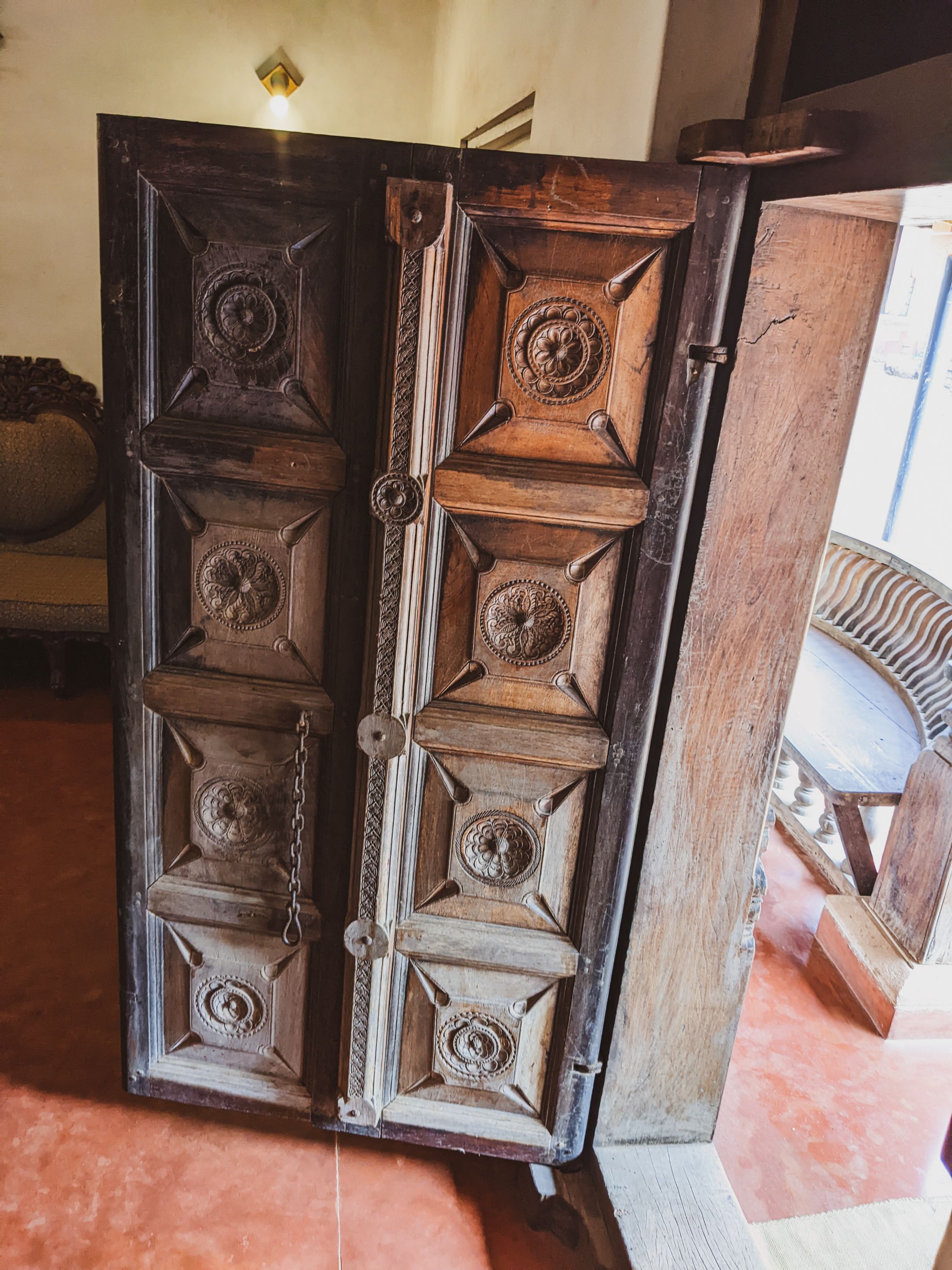
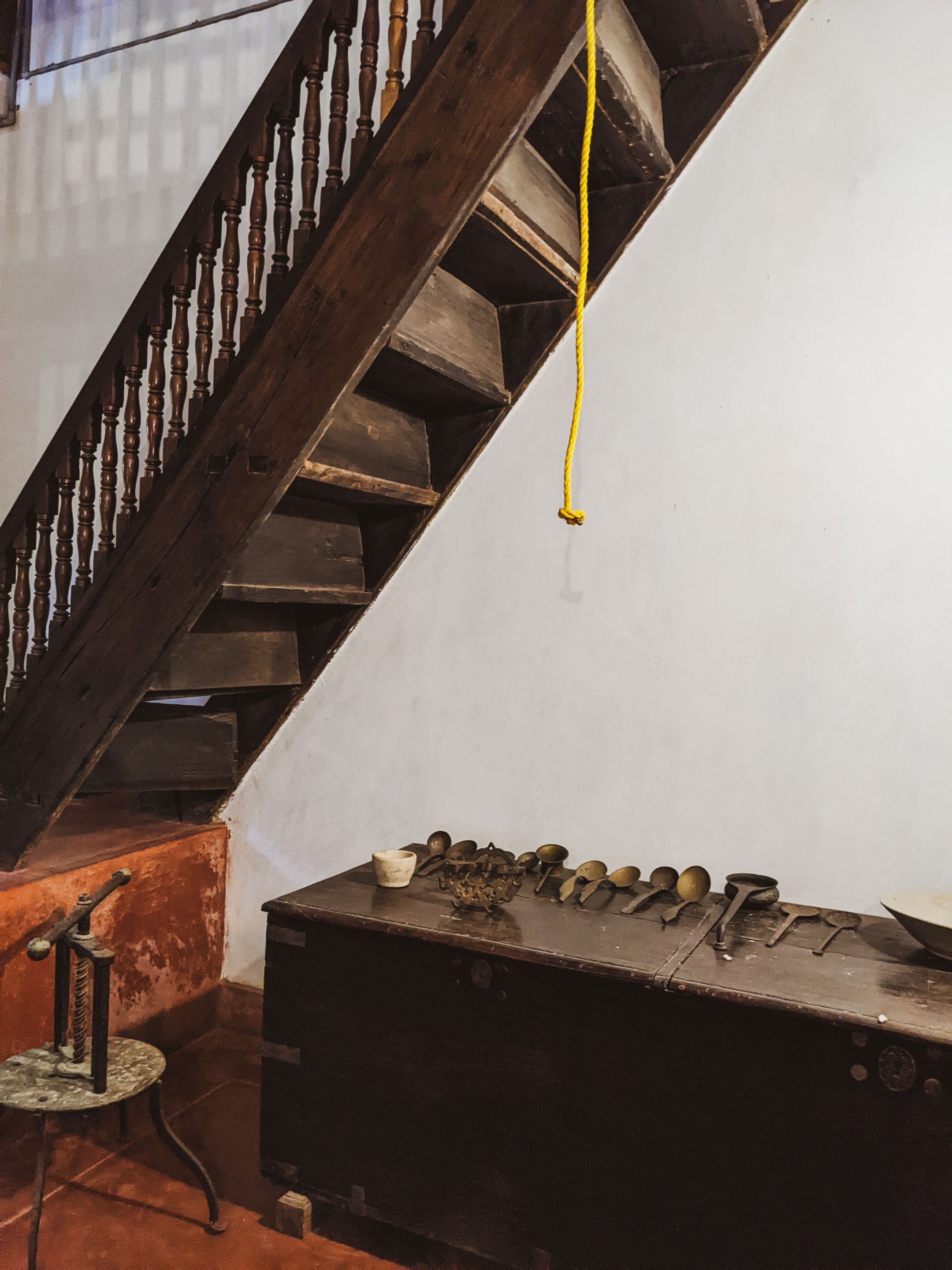
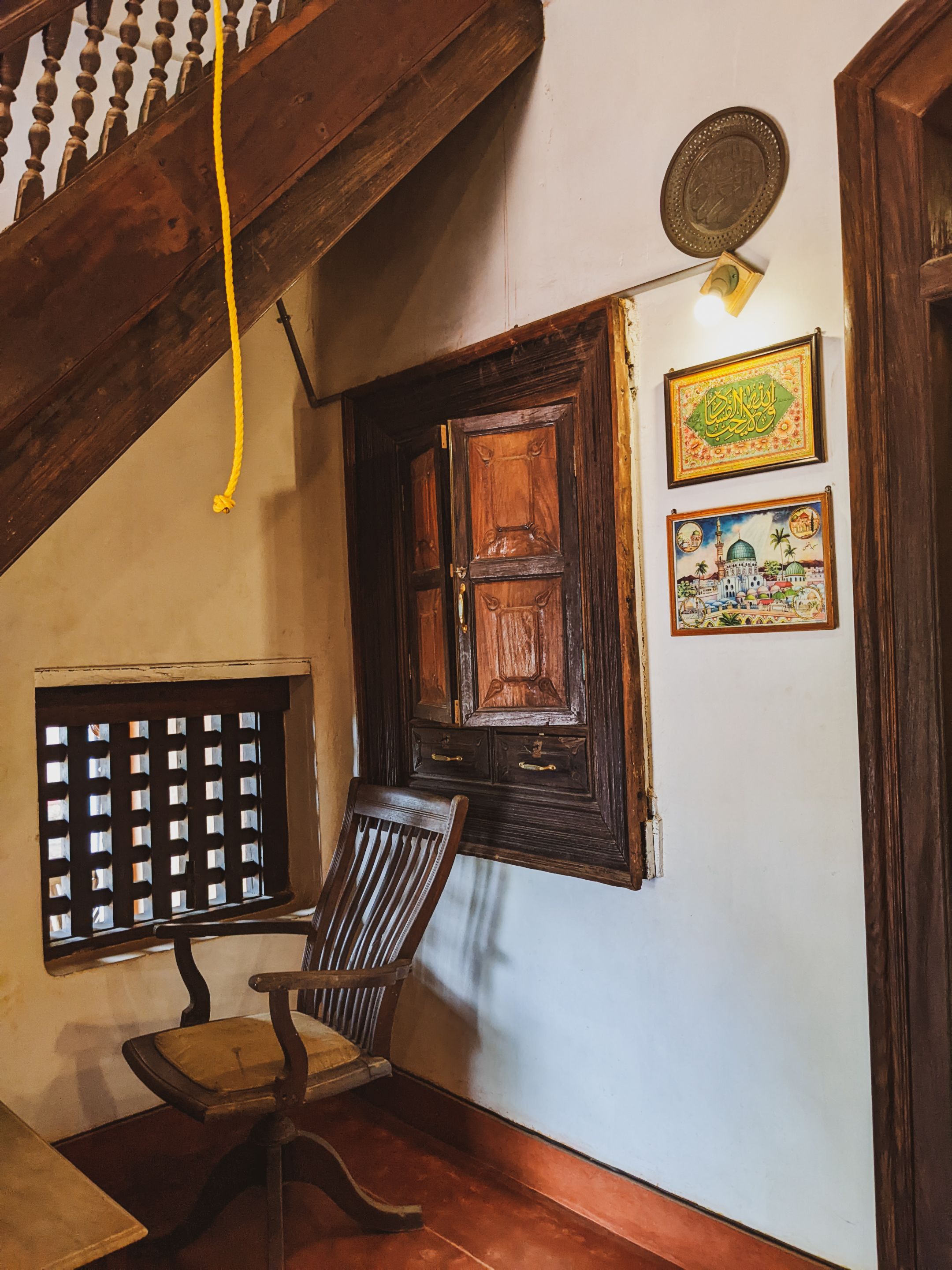
For quite a long time, the Navayath or Nav have lived in reduced settlements close to the town of Ratnagiri in the province of Maharashtra. These settlements, containing gatherings of constructions, are called creatures (articulated with a last nasal complement). Each is a said named after a predecessor to have "settled down" there; for instance (Rangosein), Bhandarisein (Bhandarisettlement), and so on
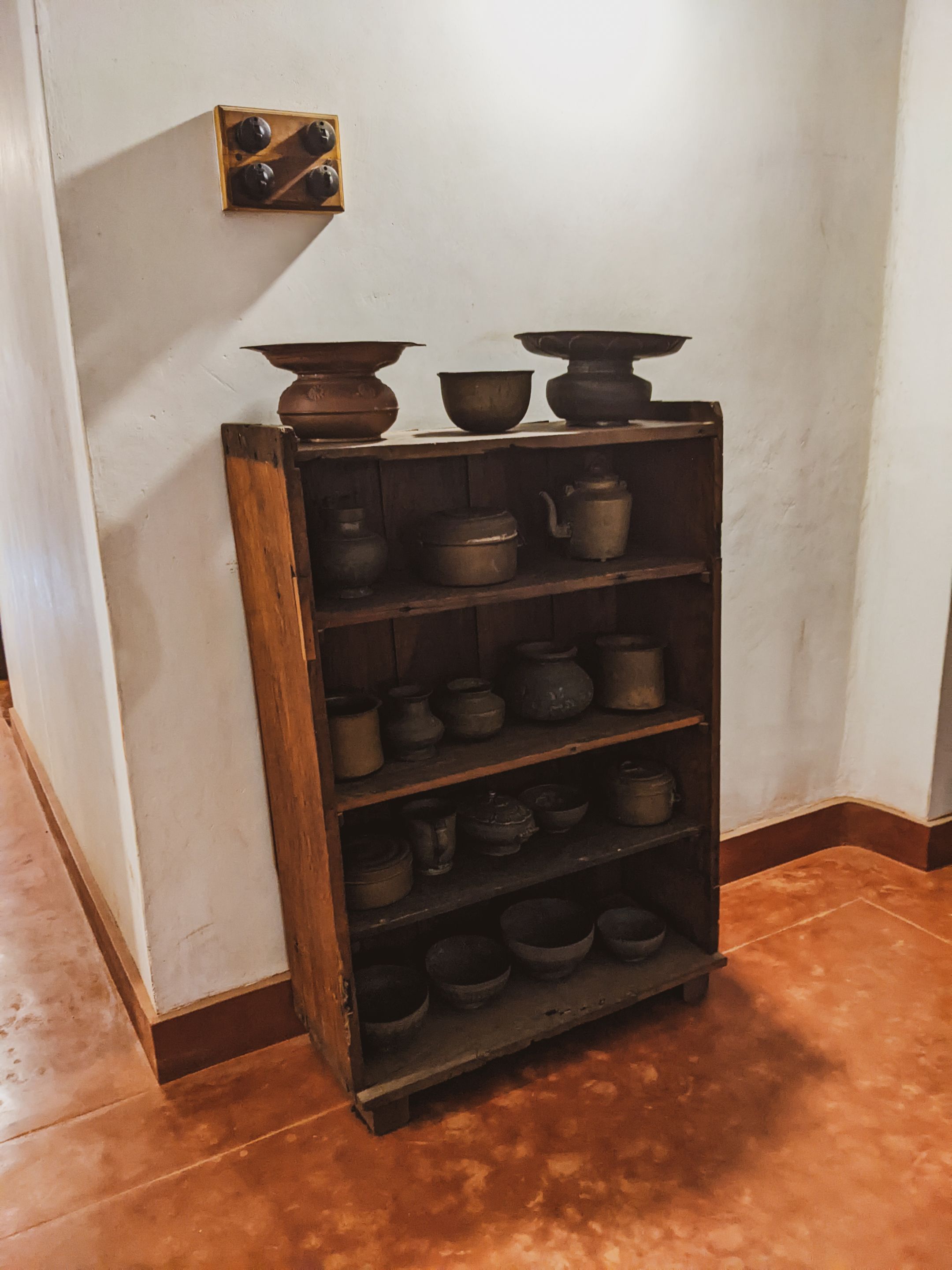
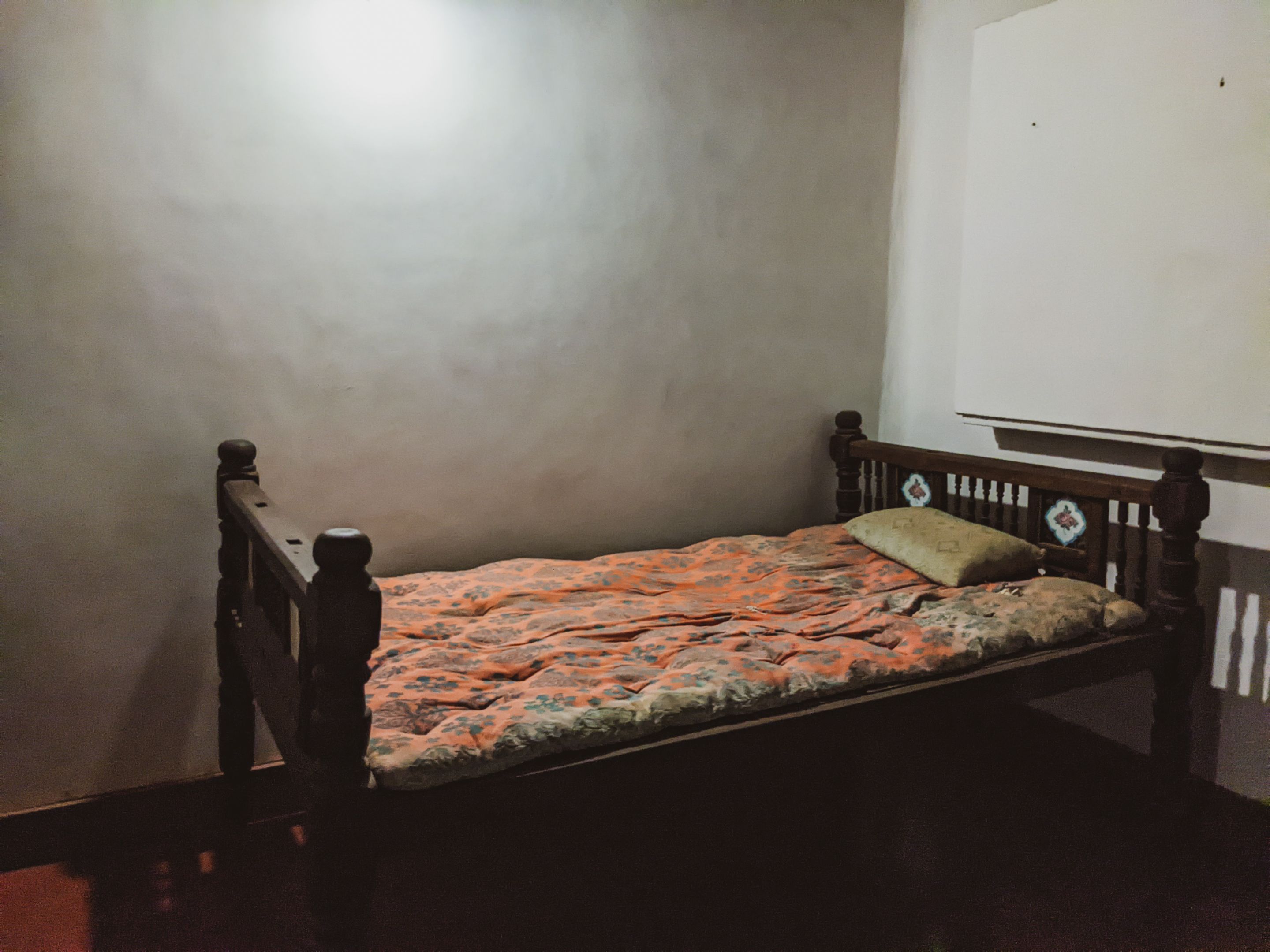
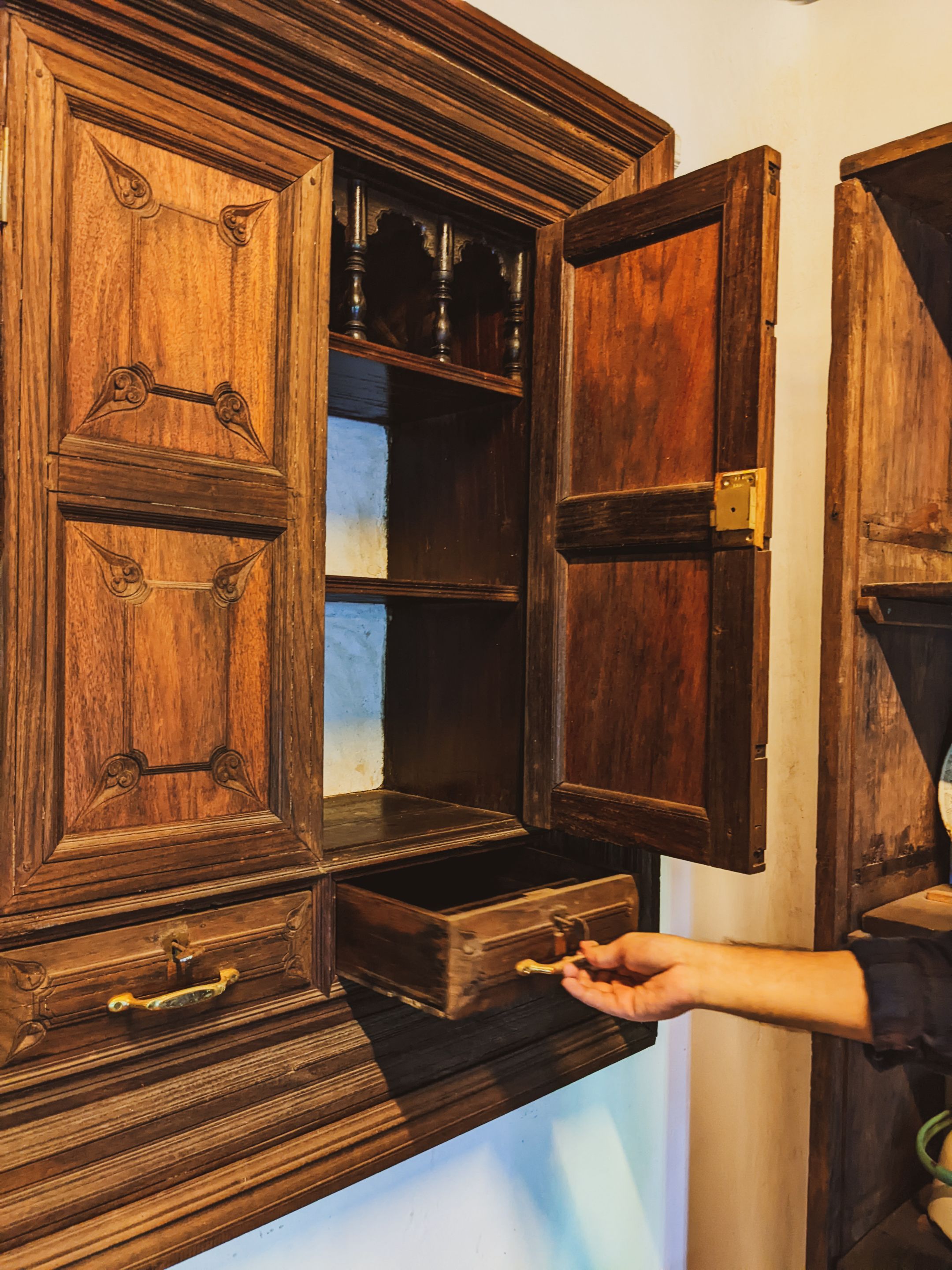
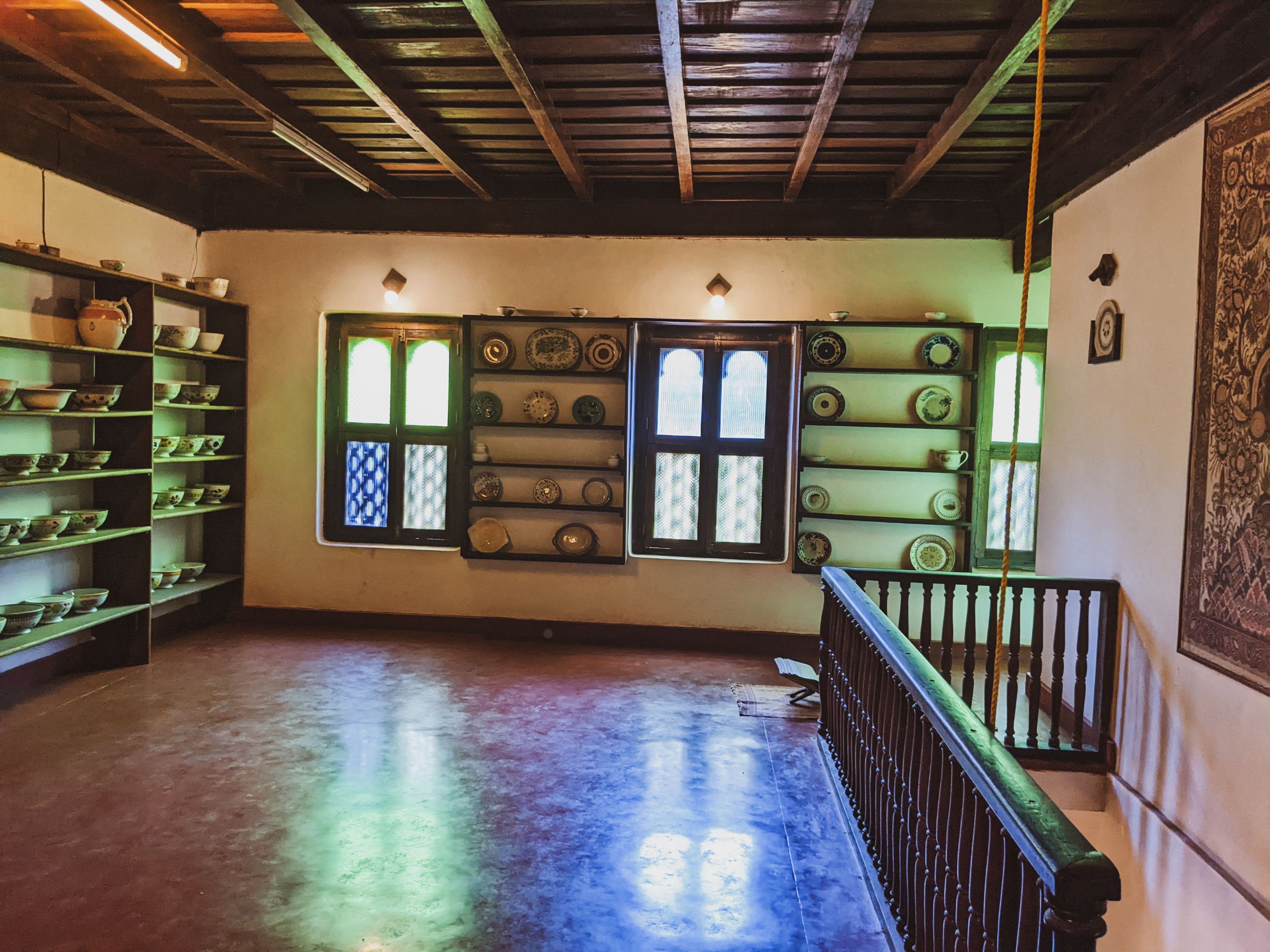
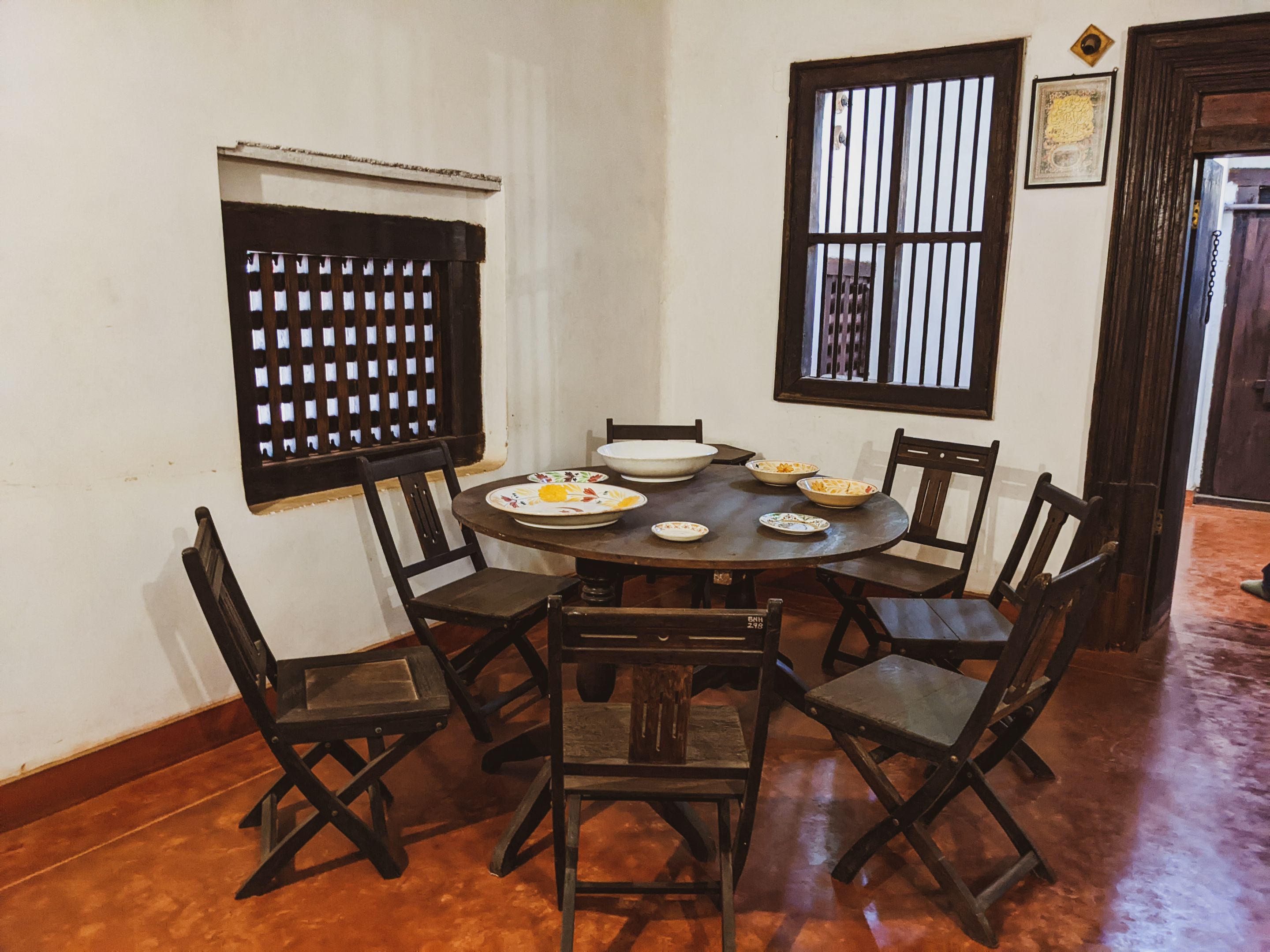
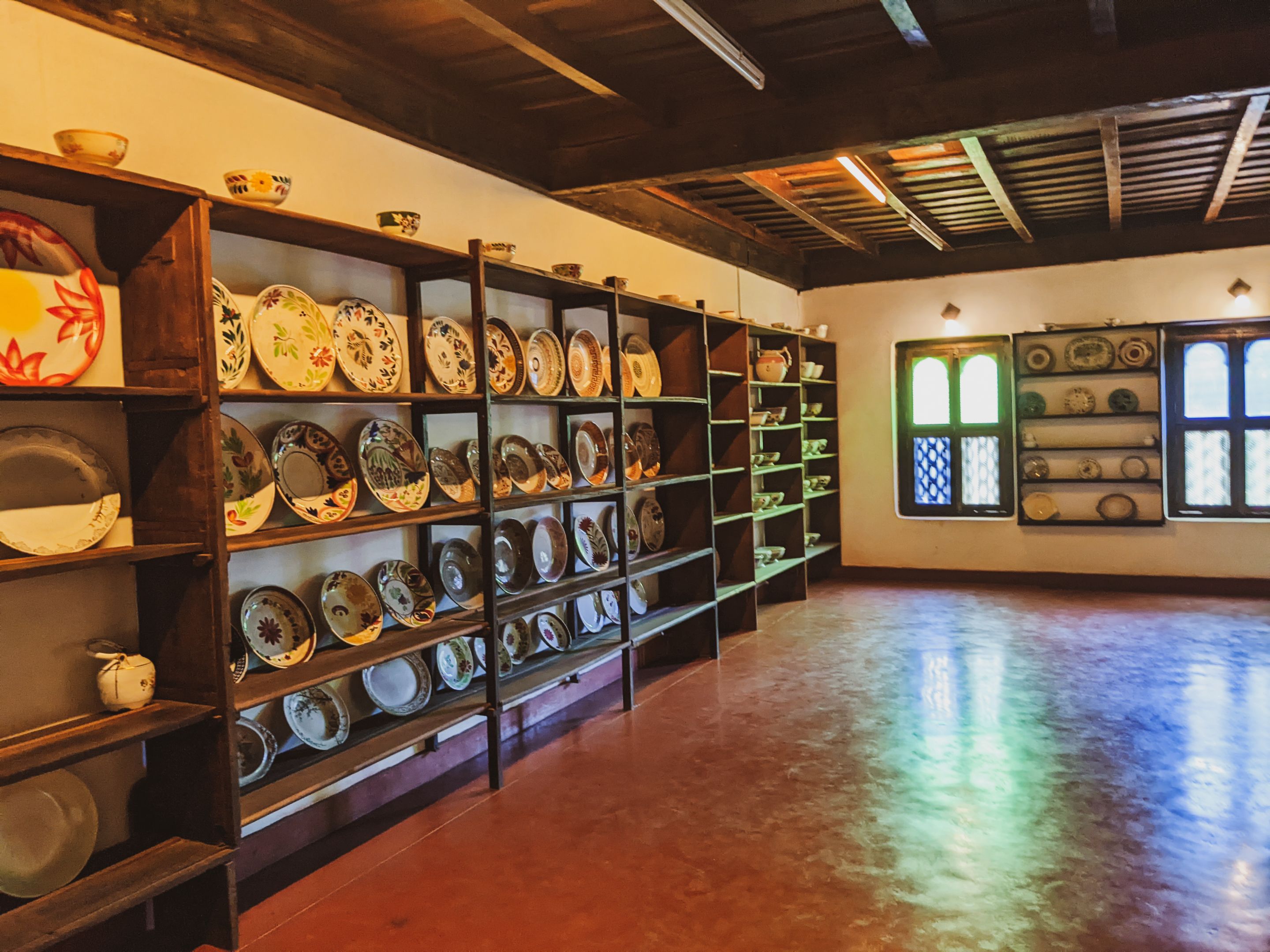
Crockery items on first floor.
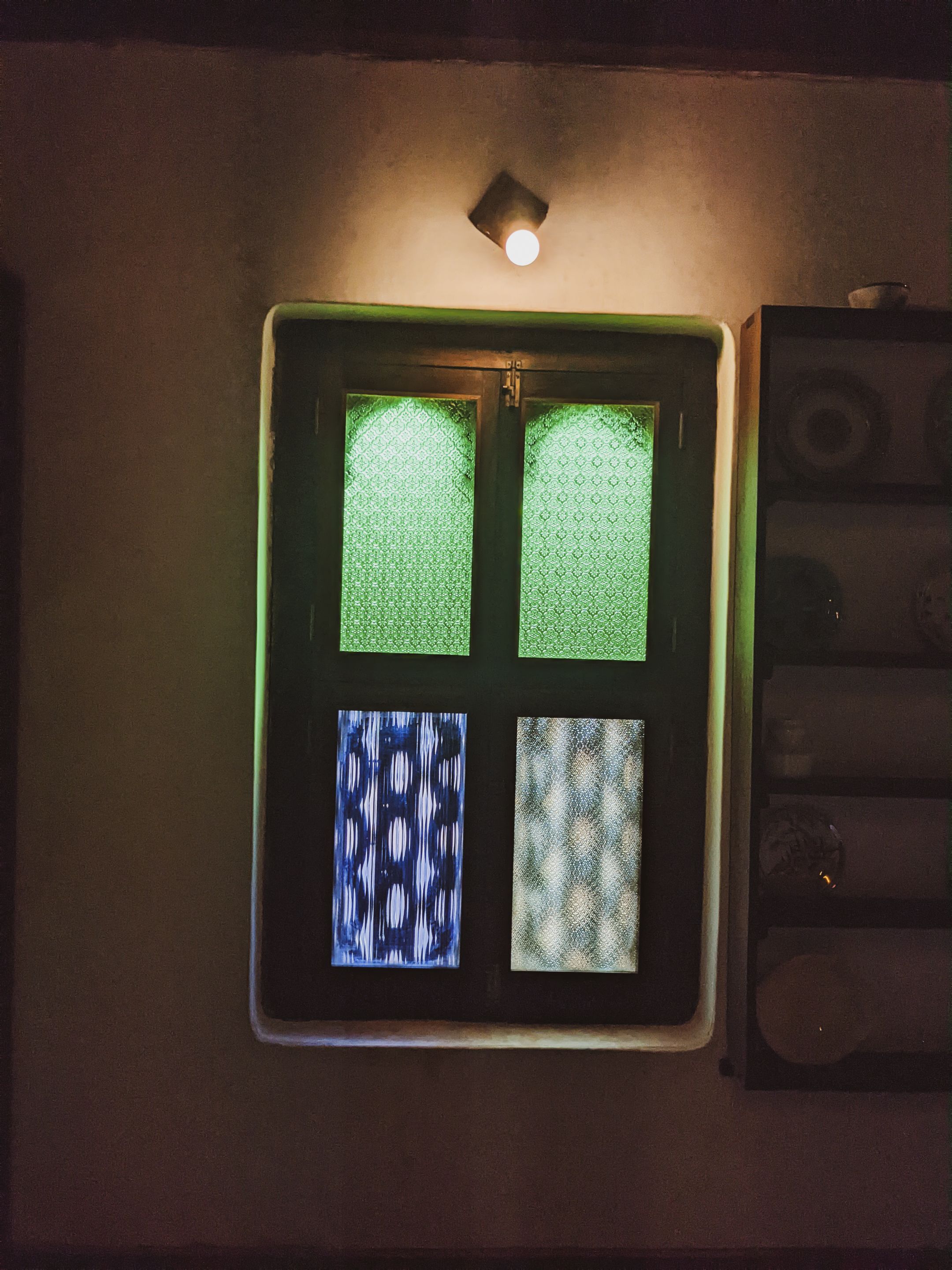
Stained glasses

Kitchen
Navayath Muslims are a little local area of Muslims who don't fabricate individual houses with dividers and don't reside on their own road. All things considered, they fabricate seins (roads) that capacity as neighborhoods and are comprised of groups of structures assembled one end to the other, conflicting with the custom of other Indian Muslims.Navayath Muslims have additionally established specific hulimitations in regards to their way of life and the regions in which they live. A few practices are compulsory, while others are discretionary and are viewed as augmentations or increases to their beliefs.
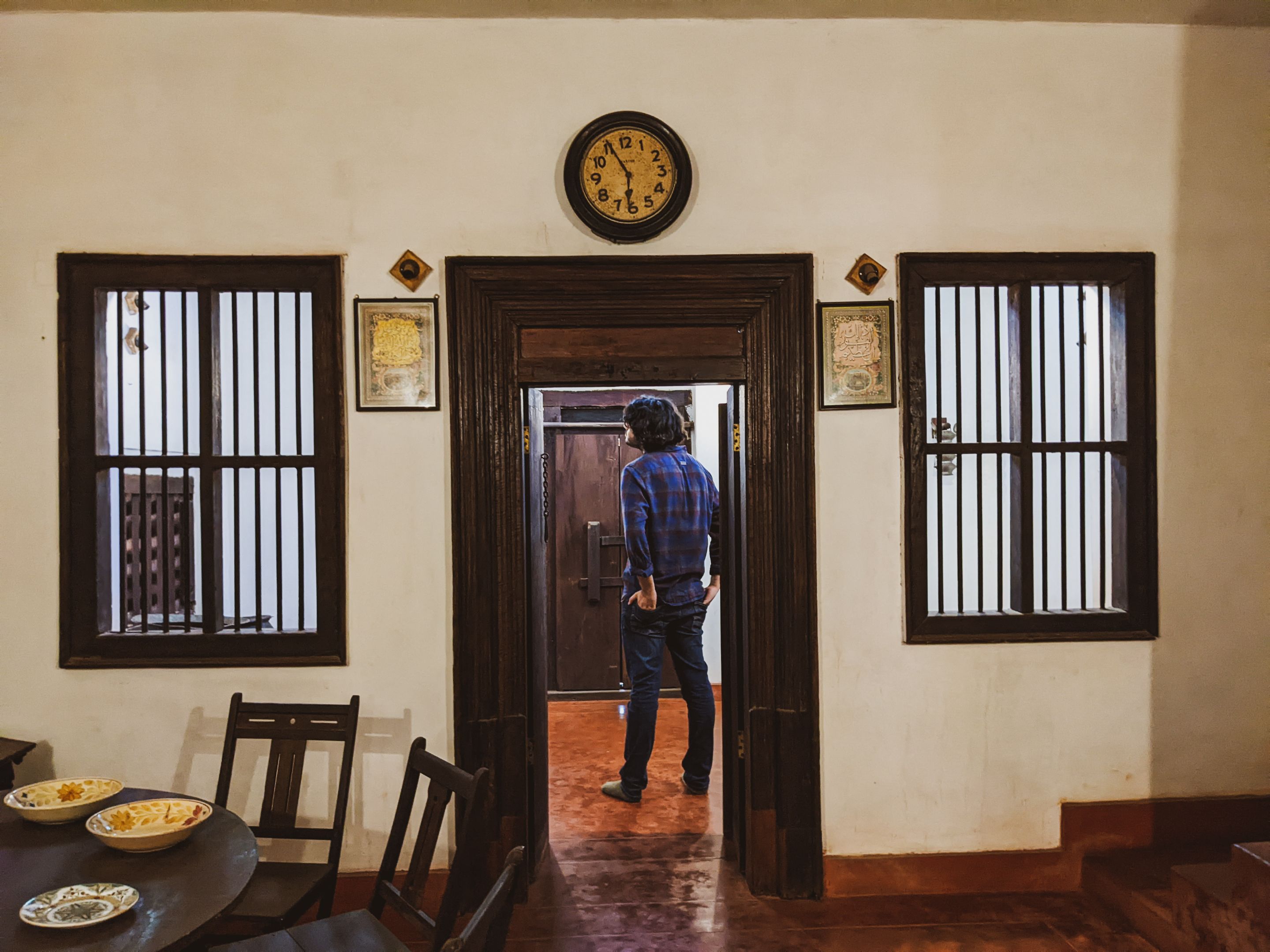
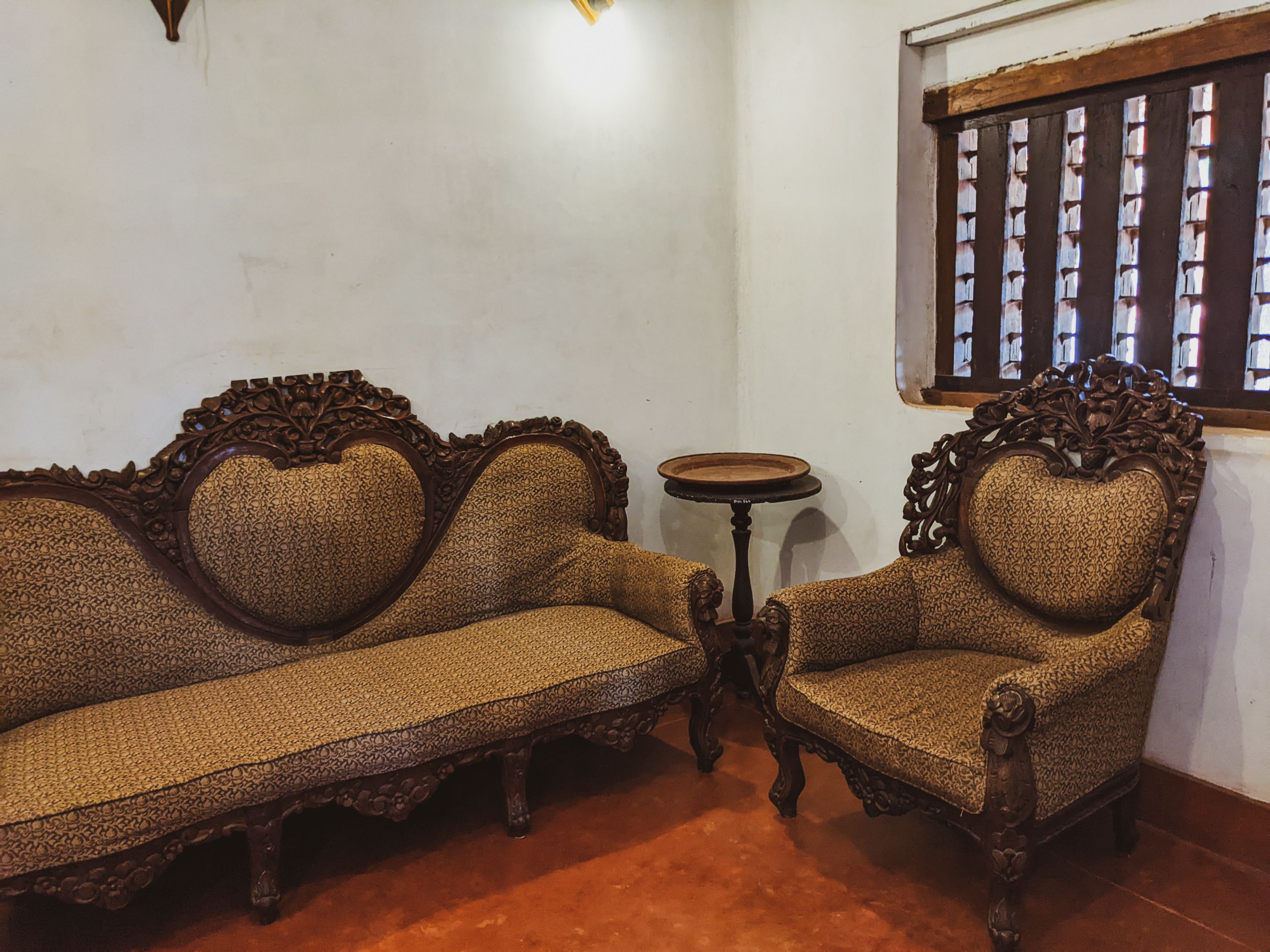
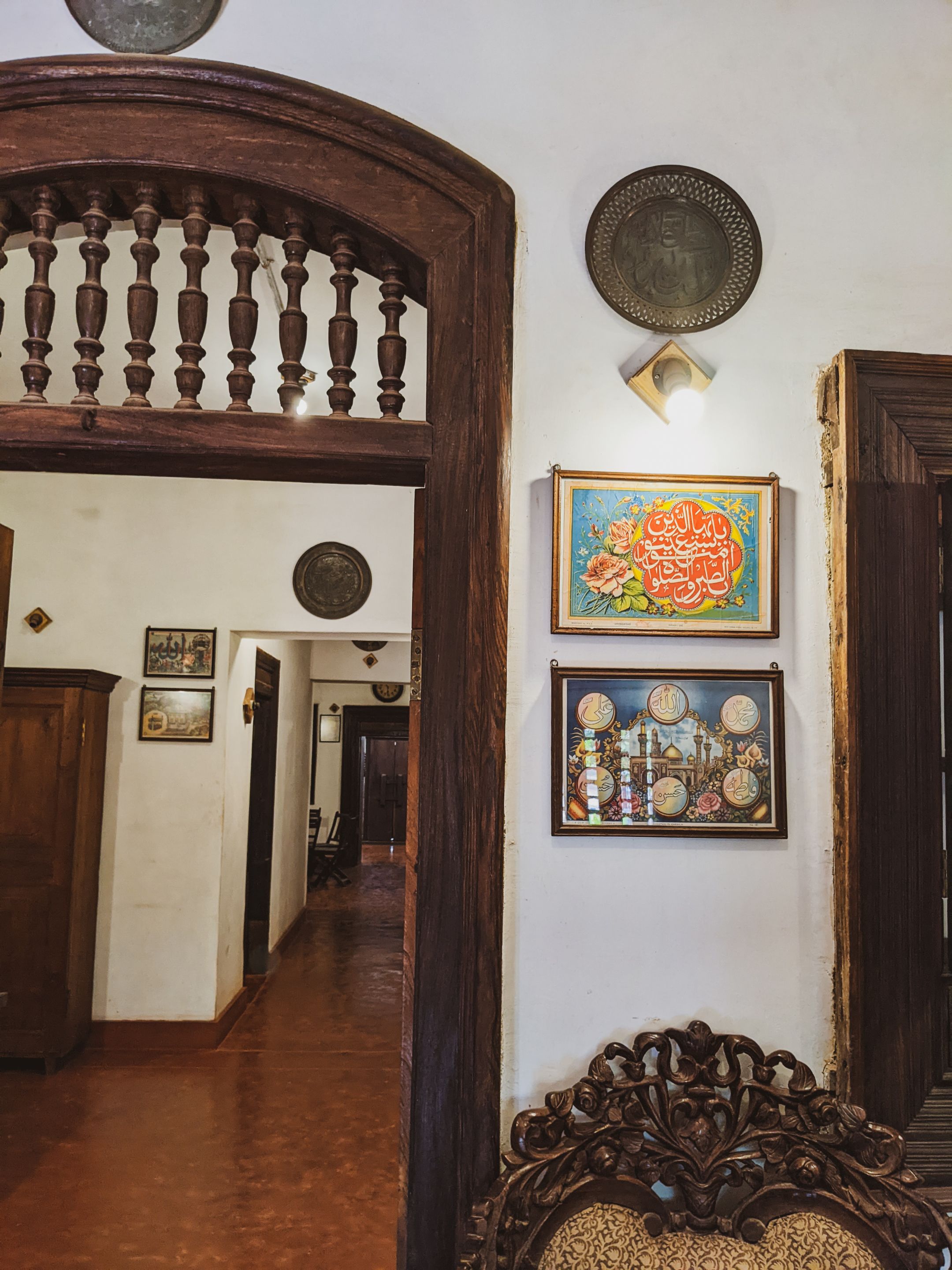
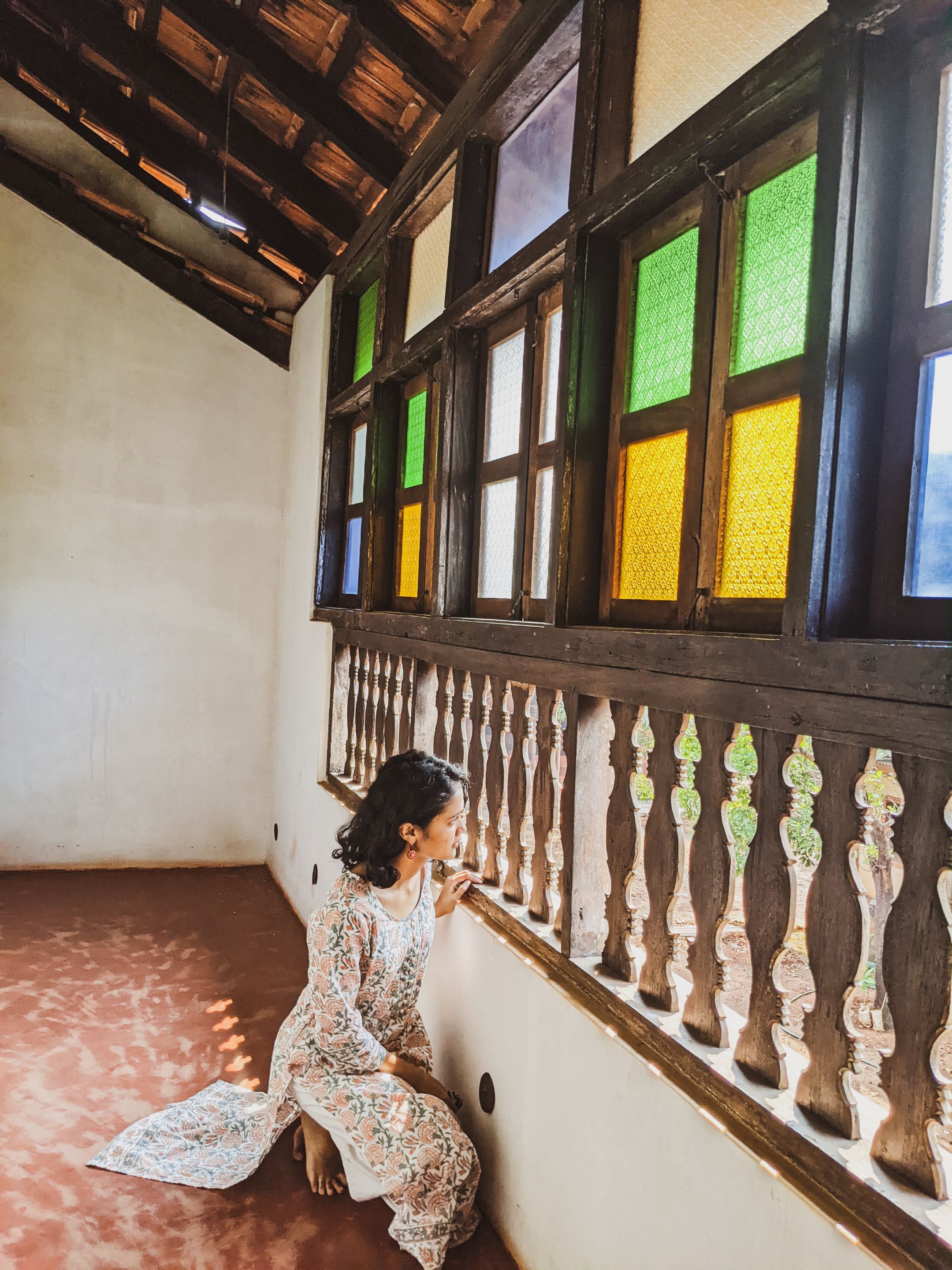
different Navayath house facades with the typical wooden seats overseeing the streets
Typically a Navayath house possesses a component of around 20 feet facade and 150 to 200 feet depth . It is a lengthened design with a progression of rooms, one opening into the other. Each house has a patio which has gained admittance to the neighboring house. The womenfolk ordinarily utilize this. A portion of the houses are truly terrific in each sense and should be saved. The complicatedly cut cross sections, the excellent balustrades, the charming curves, the incredible veneer, the fabulous woodwork all add to the grave magnificence of these buildings . But the advanced Navayaths, side by side of the evolving patterns, are currently deciding on more roomy and modeler planned houses which are mushrooming all over Bhatkal. Accordingly, the humble, yet exquisite towers are gradually being unstuck by presumptuous, rococo chateaus of cement, glass and steel.
This is what I learnt about the Bhatkal Navayath houses. I have visited this town twice till now. Walking on the streets of Bhatkal was truly a pleasure for my eyes. It's great to see the architectural beauty is retained. The ancestoral structures still remain strong and is definitely something the future generations deserve to see and is worth preserving!